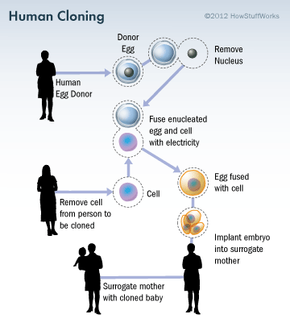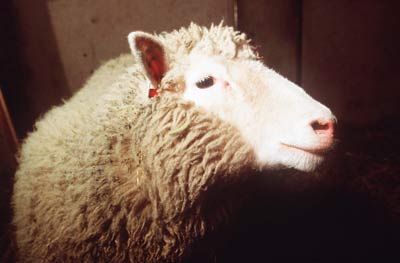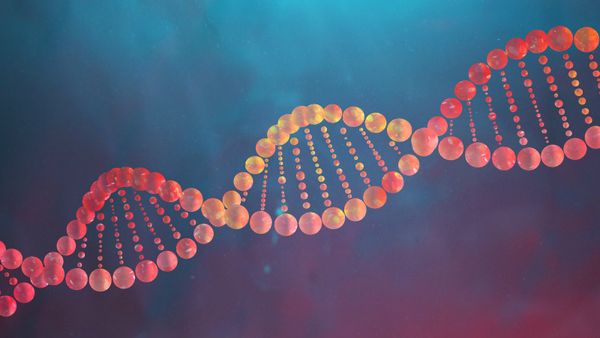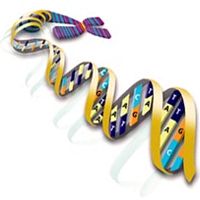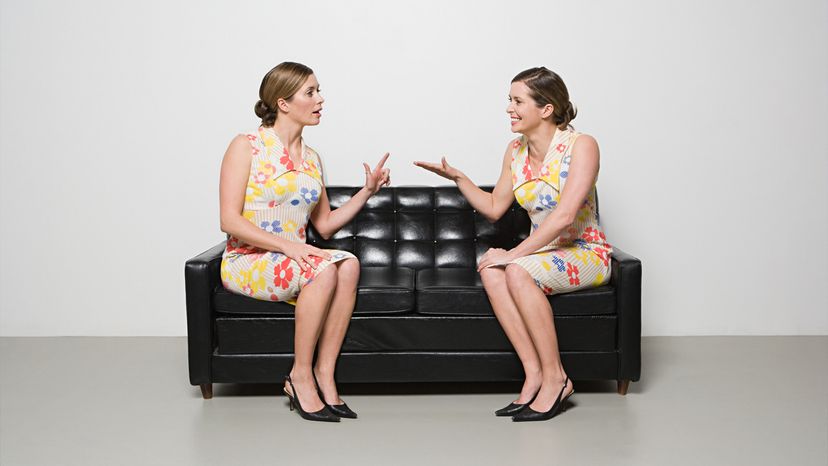
Is there a limit to what one man and a mail-order cloning vat can do?
Just fill up the vat with embryonic stem cell fluid, pop in a tissue sample and set the dial to "gestate." Three hours later, you're handing out jean shorts and shouting orders to six naked copies of yourself.
Advertisement
"Clones one and two, you double-team the workload at the office. Clone three, you're on housekeeping duty. Four and five? The new Elder Scrolls game isn't gonna beat itself."
Meanwhile, clone six might just hang out in the bedroom for a spell. So many new and exciting questions to answer ...
Sure, it sounds great, but modern cloning technology doesn't match up to the dream. First of all, there are no known human clones, despite what your cult leader says about multiple Barack Obamas with counterfeit belly buttons. Second, researchers still don't have a perfect grasp of the health risks involved in the process, and third, there's also the U.N.'s 2005 nonbinding human cloning ban to worry about.
The closest we have to human clones today are monozygotic, or identical, twins, like the freaky little girls in "The Shining." Even their genetic makeup isn't 100 percent identical, but it is highly similar, all because their fertilized egg once split in half and developed as two zygotes instead of one. One person became two.
But that's the kicker: Each twin grew as a separate person -- even in utero. Identical twins never even have the same fingerprints, thanks to slight variations in womb pressures and amniotic fluid.
After birth, twins keep marching down their own developmental paths, thanks to their environment. Everything from diet to lifestyle choices can trigger changes in how their genes are expressed (welcome to the world of epigenetics!). For example, Mary-Kate and Ashley might have identical genes for a particular health problem, but only Mary-Kates' environment will flip the gene to the "on" position.
That's why you'll run into identical twins who lead drastically different lives, each with their own illnesses, dreams and favorite Coen brothers movie.
Now let's have a look at that clone of yours.
Advertisement
